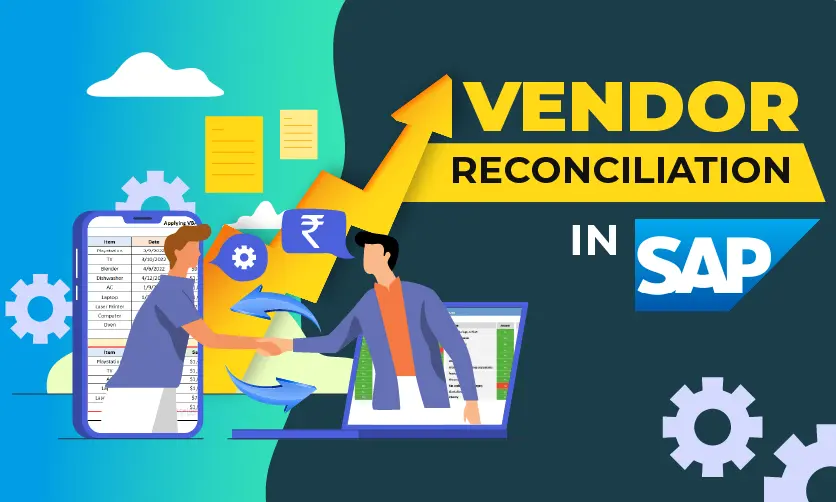In an increasingly digital world, the need for efficient workflows has never been more critical. Organizations are constantly looking for ways to streamline operations, reduce costs, and improve productivity. One effective method for achieving these goals is through the implementation of document imaging solutions. These technologies allow businesses to convert physical documents into digital formats, enhancing accessibility and management.
This guide delves into the benefits of document imaging, the various solutions available, and how businesses in Karachi and across Pakistan can leverage these technologies for improved efficiency.
What is Document Imaging?
Document imaging refers to the process of capturing and converting physical documents into digital images. This typically involves scanning documents and using software to enhance and organize the resulting images. The primary goal is to create a digital representation of the documents that can be easily stored, searched, and shared.
By converting physical documents into digital formats, organizations can minimize the need for physical storage space, reduce the risk of loss or damage, and improve document accessibility.
The Importance of Document Imaging for Workflows
Enhanced Accessibility: Digital documents can be accessed from anywhere, making it easier for employees to retrieve the information they need quickly. This is especially important in today’s remote work environment, where teams may be dispersed geographically.
Improved Organization: Document imaging solutions allow for better organization of files through indexing and categorization. This simplifies the retrieval process, saving time and reducing frustration.
Cost Savings: By reducing reliance on physical storage and minimizing the risk of document loss, businesses can achieve significant cost savings over time. Digital documents require less physical space, and the associated costs of printing and storing paper can be substantially reduced.
Streamlined Processes: Document imaging facilitates more efficient workflows by automating document handling processes. This includes automated indexing, search capabilities, and easy sharing of documents among team members.
Key Features of Document Imaging Solutions
When considering document imaging solutions, organizations should look for specific features that will enhance their operations:
Scanning and Capture: High-quality scanners and capture technologies ensure that documents are digitized accurately, preserving essential details and readability.
Optical Character Recognition (OCR): OCR technology converts scanned images of text into editable and searchable formats, further improving document accessibility.
Indexing and Categorization: Effective indexing capabilities allow businesses to organize documents based on specific criteria, such as date, department, or project, making retrieval simple and efficient.
Integration with Existing Systems: Document imaging solutions should seamlessly integrate with other business systems, such as enterprise resource planning (ERP) or customer relationship management (CRM) software, to provide a cohesive workflow.
Security Features: Robust security measures, such as user authentication and encryption, are crucial for protecting sensitive documents and ensuring compliance with data protection regulations.
Document Imaging Services in Karachi and Pakistan
In Karachi, as well as throughout Pakistan, businesses can find a range of document imaging services tailored to their specific needs. Many local companies offer comprehensive solutions, including document scanning, digital archiving, and workflow automation.
These services cater to various industries, from healthcare to finance, where efficient document management is vital. By partnering with local providers, businesses can benefit from personalized services that understand the unique challenges faced in the region.
Challenges in Implementing Document Imaging Solutions
While the benefits of document imaging are significant, organizations may encounter several challenges during implementation:
Initial Costs: The initial investment in document imaging technology can be a barrier for some organizations, particularly smaller businesses. However, the long-term savings often outweigh the upfront costs.
Change Management: Transitioning from paper-based processes to digital systems requires change management strategies to ensure that all employees are on board and properly trained.
Data Migration: Migrating existing physical documents into digital formats can be time-consuming and requires careful planning to ensure data integrity.
The Future of Document Imaging
As technology continues to evolve, the future of document imaging looks promising. Emerging trends such as cloud storage, artificial intelligence (AI), and machine learning are set to further enhance document imaging solutions. These advancements will likely lead to even greater efficiencies in document handling and management.
For businesses in Karachi and across Pakistan, staying ahead of these trends will be crucial for maintaining a competitive edge. Investing in document imaging solutions can position organizations to respond quickly to changing market demands and operational needs.
The Key Role of Document Imaging
In summary, document imaging is a vital component of modern business workflows, offering significant benefits in terms of efficiency, cost savings, and improved accessibility. By adopting robust document imaging solutions, organizations can streamline their operations and enhance productivity.
With a variety of document imaging services available in Karachi and throughout Pakistan, businesses can find the right solutions to meet their specific needs. As the landscape of document management continues to evolve, leveraging these technologies will be essential for success.
Feel free to explore how collaboration with qualified asset management companies in Pakistan can further enhance your document imaging strategy and overall operational efficiency.



